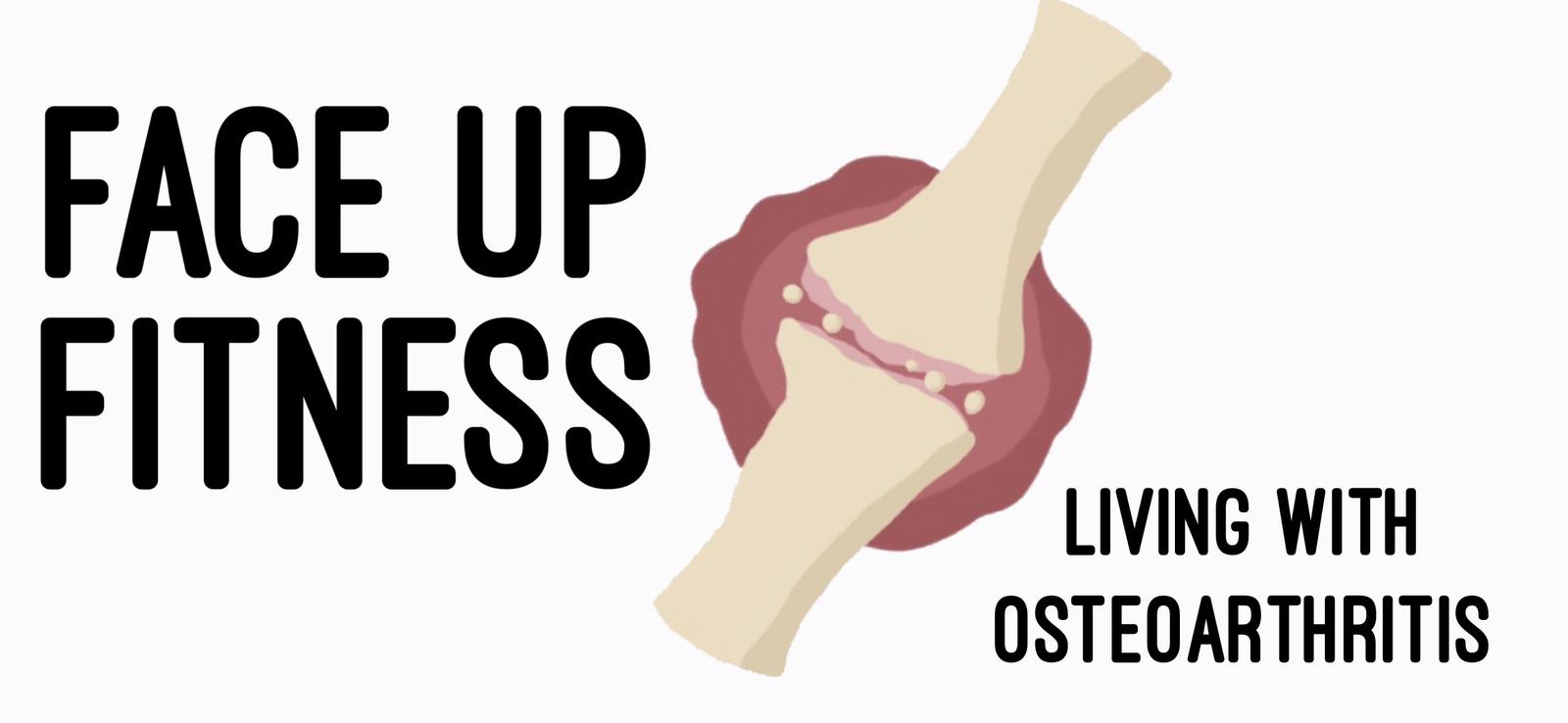Dieting. If we’re not currently doing it, we’re sure to know someone who is. Even those seemingly blessed with perfect genes are undoubtedly watching what they eat, choosing ‘good’ food over ‘bad’, clean eating if you like.
Trying to shift a few pounds can be stressful at the best of times, but a constant cycle of yo-yo dieting can be hellish – stressful, upsetting, and totally demoralising.
Why does yo-yo dieting happen? What can we do to stop it?
The answers may surprise you.
A few weeks ago I attended a bloggers boot camp at the David Lloyd Centre in Cheam, hosted by The Training Room. TTR specialise in courses for those who want to become personal trainers. Nutrition is a big part of what they teach.
The bloggers event comprised a one-hour talk on nutrition, following by a ‘metabolic’ training session, a programme of exercises designed to help keep up the fat-loss, calorie burn post-workout, technically known as raising our EPOC – Excess Post-Exercise Oxygen Consumption.
TTR trainer Nick Hewett blamed the yo-yo dieting phenomenon on diet plans that put people into a big calorie deficit. Yes they deliver weight loss, he said, but it won’t just be fat you’re losing – it’ll be lean muscle too.
 |
| Nick explaining the truth behind yo-yo dieting |
When we come off the diet and start eating normally again, it’s easier to pile the weight back on. So we’re back to square one, or perhaps worse, as now we have less lean muscle. What do we do? We put ourselves back on a diet… and the cycle continues.
Stopping the Yo-Yo Cycle
How do we stop it? The answer boils down to diet and exercise, of course. But it’s the type of diet and exercise that’s key:
Diet:
Rule number one: forget what the scales say (muscle weighs more than fat) - best throw them out!
Basically, get to know your Basal Metabolic Rate or BMR. This is the amount of energy used at rest. Staying above this on a diet will allow you to hold on to your engine - so if you haven't been, you may need to eat more!
Here’s how to calculate your BMR:

Next you need to work out Total Daily Energy Expenditure (TDEE). This varies according to activity level.
Here’s how to calculate that:
Exercise
Rule number one: train with weights
Incorporating weight-bearing exercises into your fitness regime will help build muscle mass. There’s a multitude of such exercises to choose from. Pictured below are just two of the ones that we did during our boot camp session: barbell squat (right), and clean and press.
If you want to see videos and more exercises from my day’s training, please check out my Face Up Fitness Instagram page, where I’ve posted a selection.
You can find out more on The Training Room here.
Yo-Yo picture credit: Enrique Calabuig



